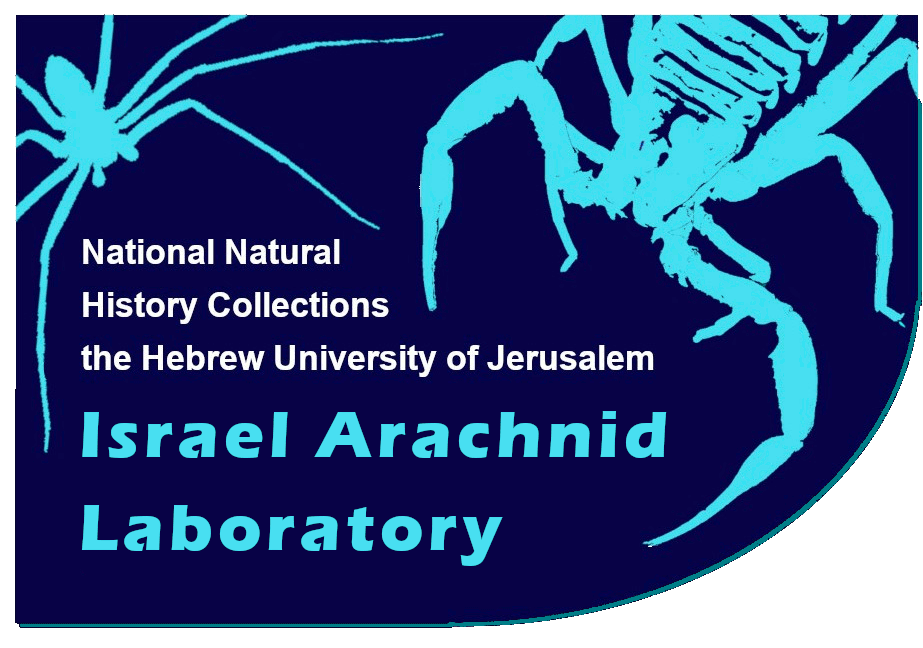Pholcus phalangioides (Fuesslin, 1775)
Pholcus phalangioides is a species of synanthropic cellar spider. This species, which probably originated in western Asia, has attained an almost cosmopolitan distribution. It is now represented in most countries, and is usually common in tropical, subtropical and temperate climates. The distribution is much more restricted in harsh climates (e.g. boreal, desert) where it is only found in human habitation, or wholly absent.
photo by: Shlomi Aharon
Pholcus sp. in a cave
In Israel Pholcus phalangioides is uncommon, with Holocnemus pluchei being the common cellar spider in most habitats. It was recorded mostly in hilly areas: in the Carmel and Judean ranges. It has been found in caves, cellars, artificial grottos and occasionally, under rocks.
Like most pholcids, it constructs horizontal sheet or bell shaped webs. This is a generalist, troglophilic species, adapted to living in dark spaces, but not specifically troglomorphic.
Accession in GENBANK:
Taxonomic Classification
Class: Arachnida
Order: Araneae
Family: Pholcidae
Genus: Pholcus
Species: Pholcus phalangioides
Authors: Fuesslin, 1775

Known distribution of Pholcus phalangioides in Israel.
Accession in the World Spider Catalog:
Ecological Classification
Category: Troglophile
Cave zone: Entrance, twilight, outside
Microhabitat: Ceiling, crevices
Articles about Pholcus phalangioides:
Huber, B. A. (2011). Revision and cladistic analysis of Pholcus and closely related taxa (Araneae, Pholcidae). Bonner Zoologische Monographien 58: 1-509
Cuff, J. P., Aharon, S., Armiach Steinpress, I., Seifan, M., Lubin, Y., & Gavish-Regev, E. (2021). It’s all about the zone: spider assemblages in different ecological zones of Levantine caves. Diversity, 13(11), 576.
Gavish-Regev, E., Aharon, S., Armiach Steinpress, I., Seifan, M., & Lubin, Y. (2021). A Primer on Spider Assemblages in Levantine Caves: The Neglected Subterranean Habitats of the Levant—A Biodiversity Mine. Diversity, 13(5), 179.




